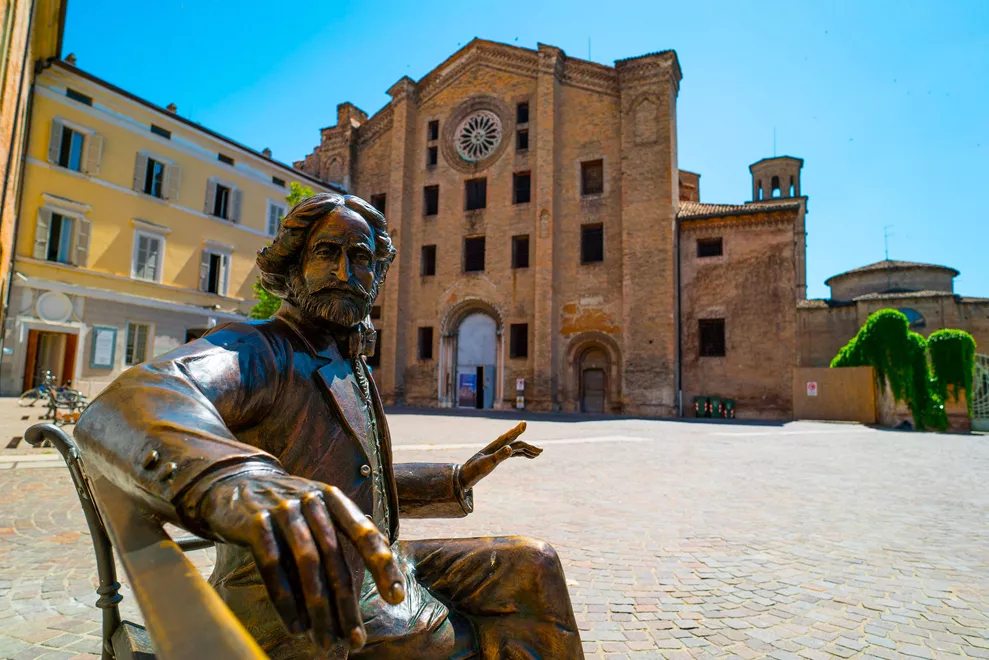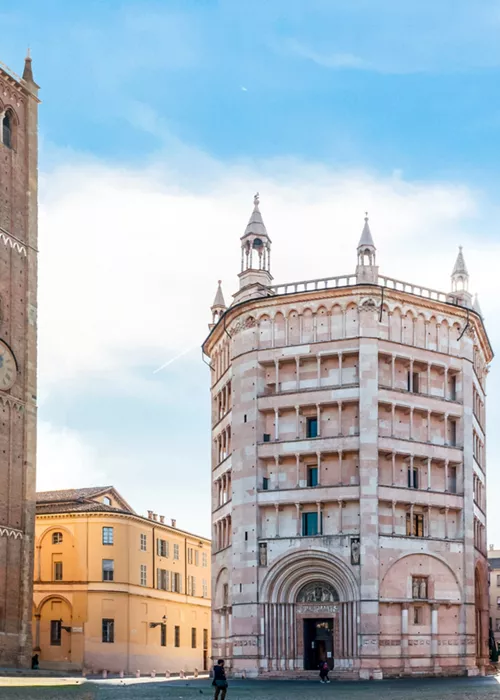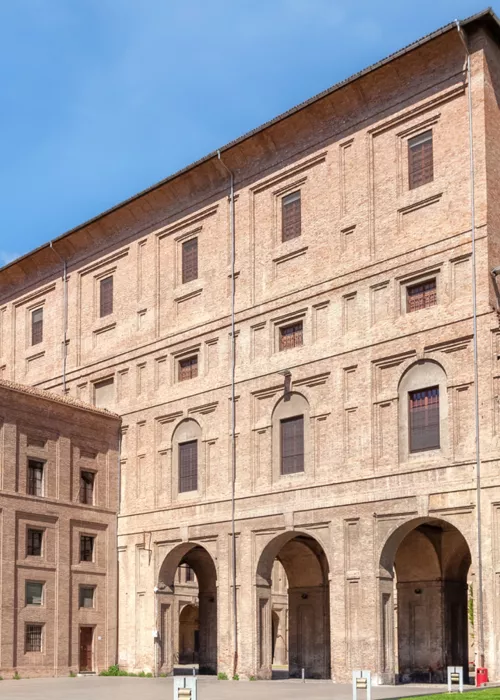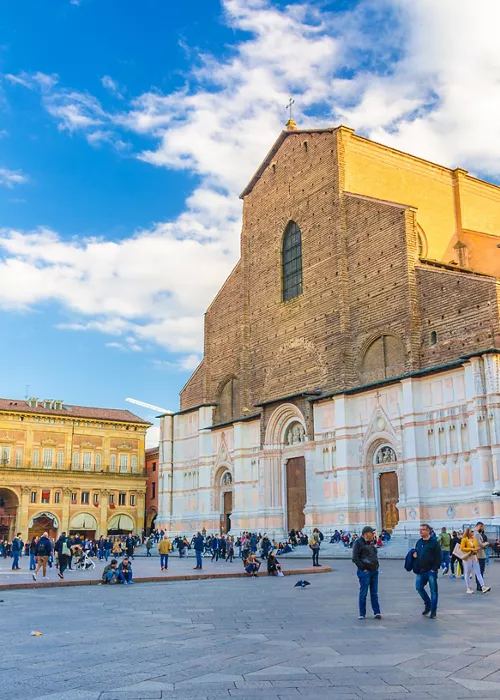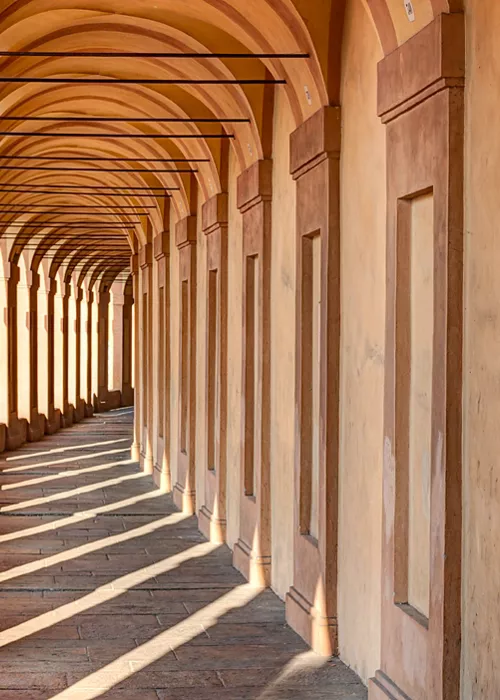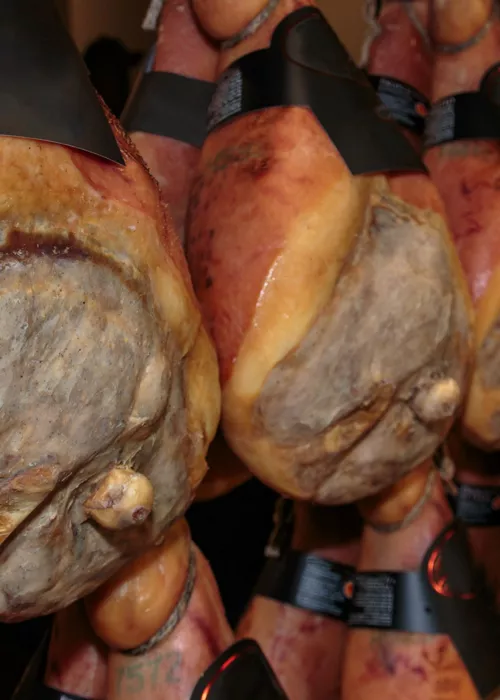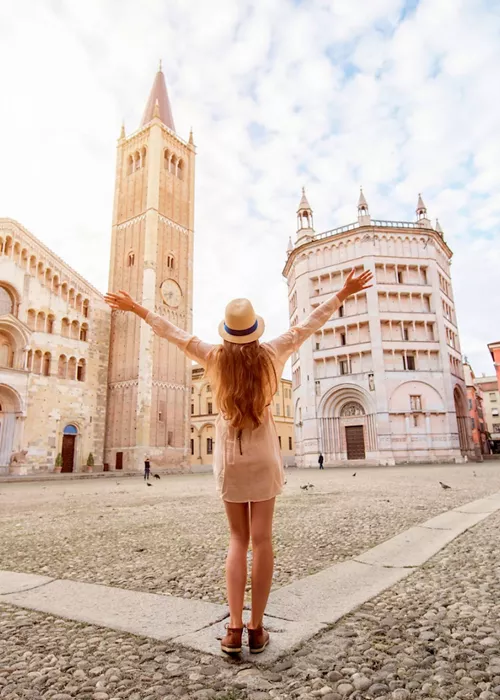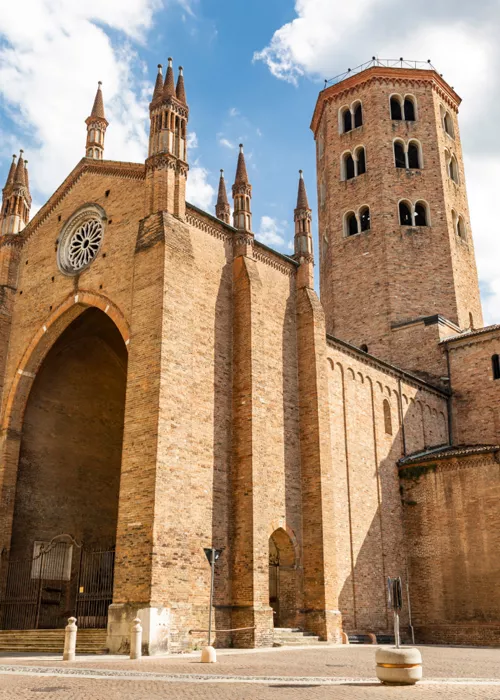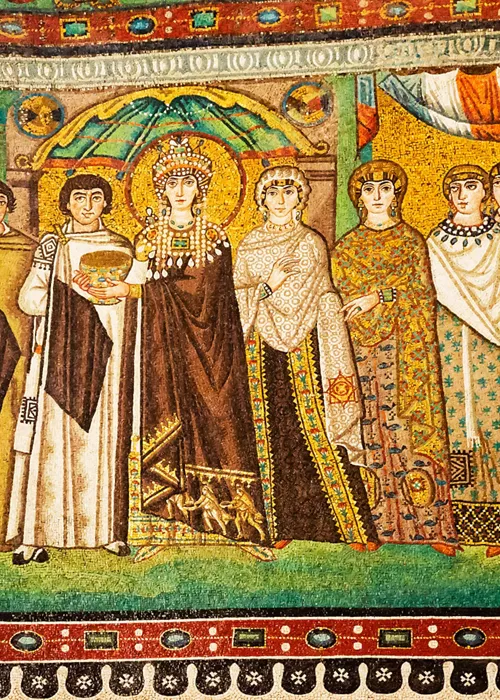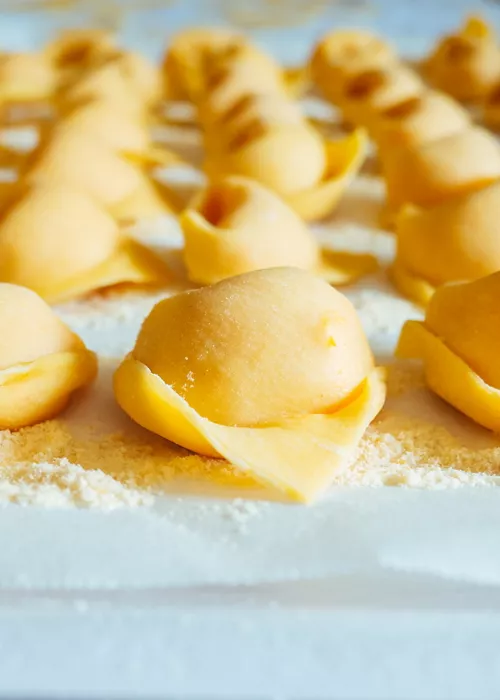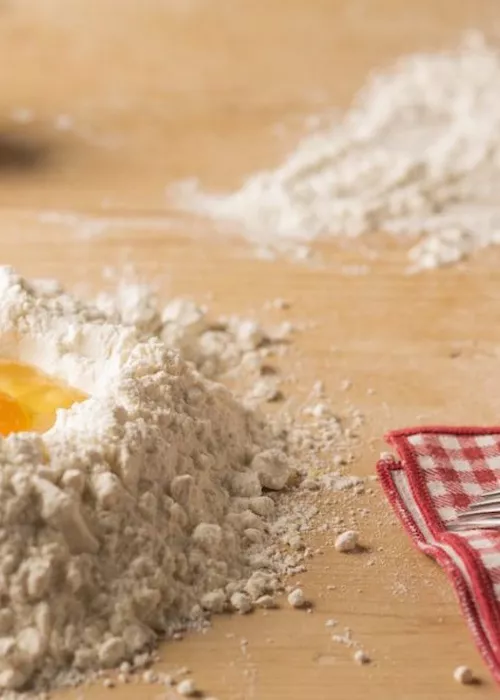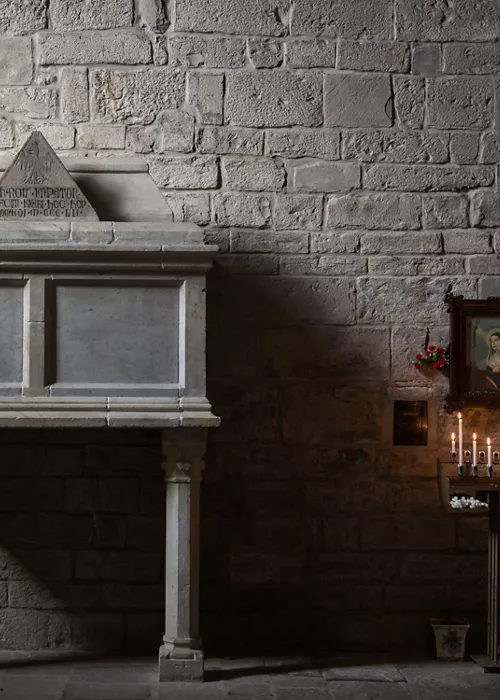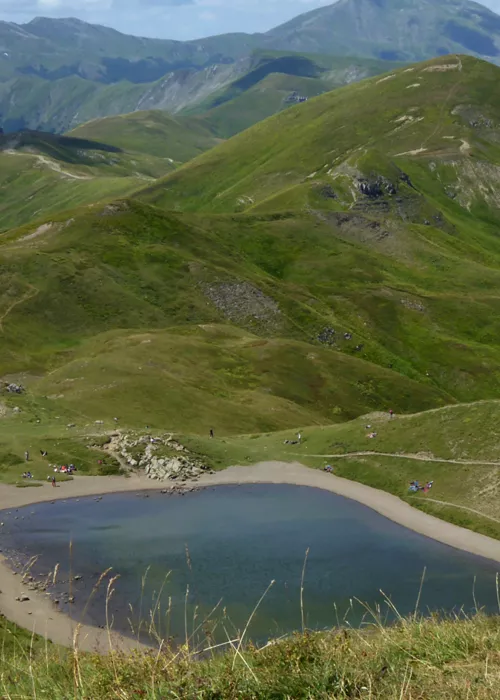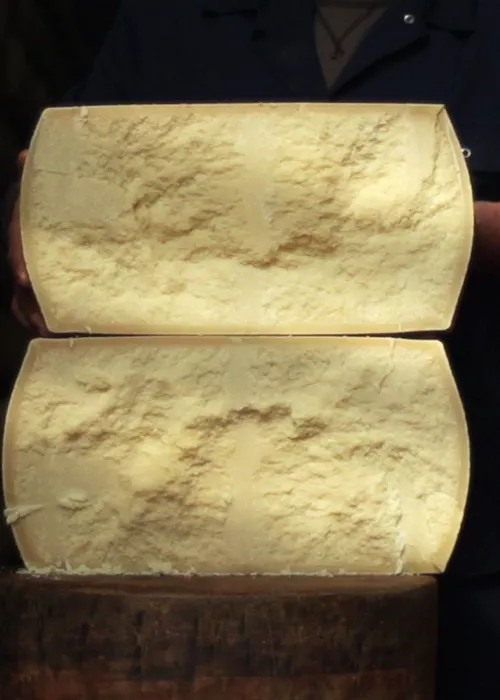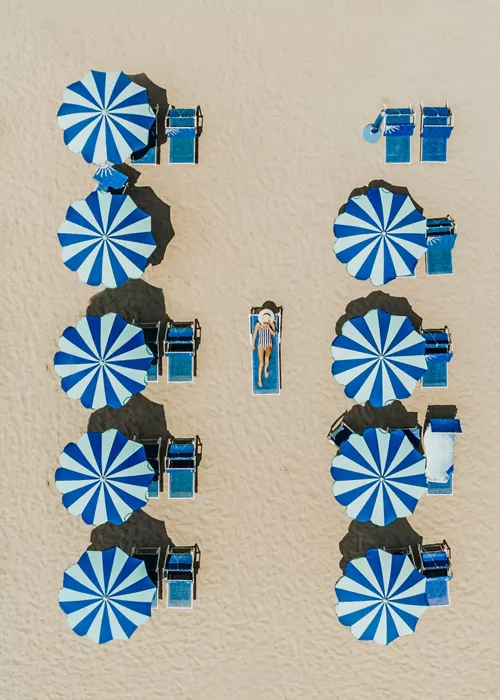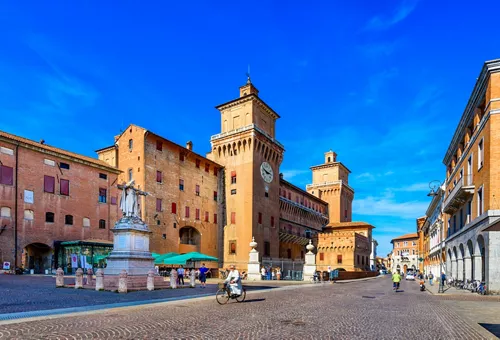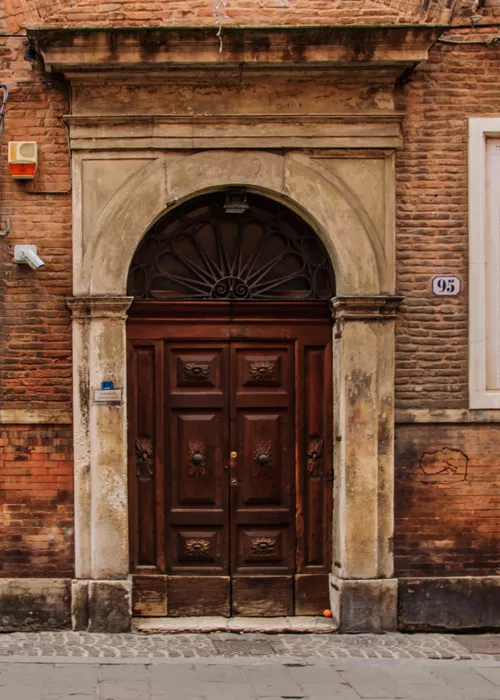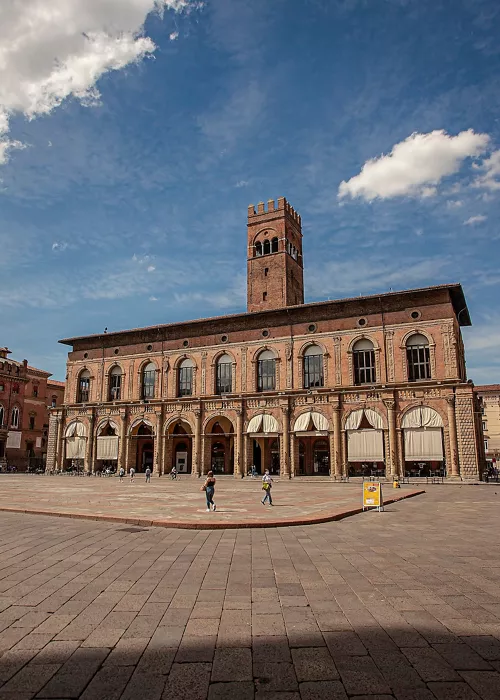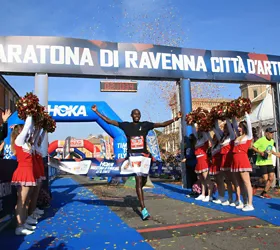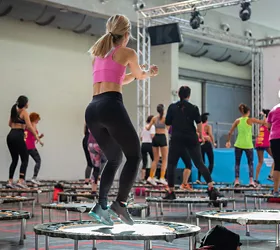Emilia Romagna: the talking statues of Parma
3 minutes
The revolutionary project, created by the city's teenagers, is a journey of 16 stages, corresponding to as many sculptures located throughout the territory, ready to communicate with you... via smartphone.
You will receive a call by dialling the number you see on the number plate, framing the QR code or downloading the App. On the other side of the phone? Giuseppe Verdi himself and in good company.
But let's see how Talking Teens - The Statues Speak! works in detail.
Start with the Toscanini statue
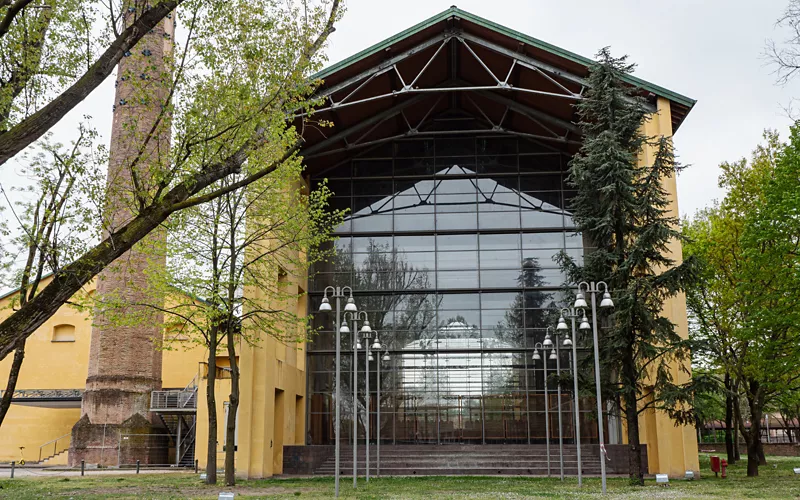
The avant-garde tour starts at the ex-Eridania Park.
The bronze statue of Arturo Toscanini is ready to give you a warm welcome. The well-known orchestra director, depicted by sculptor Maurizio Zaccardi at the moment when he is conducting his musicians 'speaks' in Italian, English and sign language, if you choose the video call function.
The statue is not far from the Auditorium Paganini, which also hosts concerts by the Filarmonica Toscanini. The building is one of the best examples of the restoration of an industrial structure by Renzo Piano.
The statues in the city centre
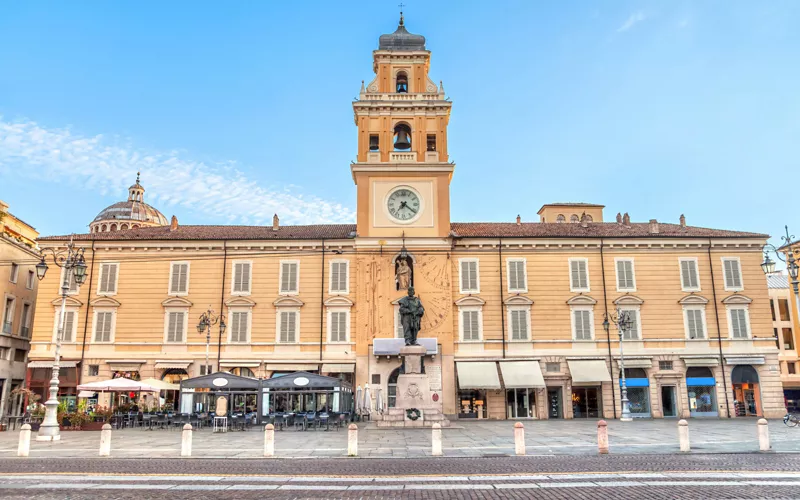
In the heart of Parma, you will come across five sculptural works. Upon reaching Piazza Garibaldi, you can hear the stories of the hero of two worlds, sculpted in 1893. Not far away, next to the Town Hall, is the statue of the painter Correggio, who is observing one of his own works.
At the fountain in the square, proceeding towards Via della Repubblica, here is Hercules fighting the giant Antaeus.
Moving on to the nearby Piazza della Steccata, the statue of Parmigianino, sculpted in the act of painting, speaks for itself. Arriving in the Piazzale della Macina then you will be welcomed by the statue of Enzo Sicuri the clochard with the bicycle, ready to communicate in Parmesan dialect.
You cannot miss Giuseppe Verdi
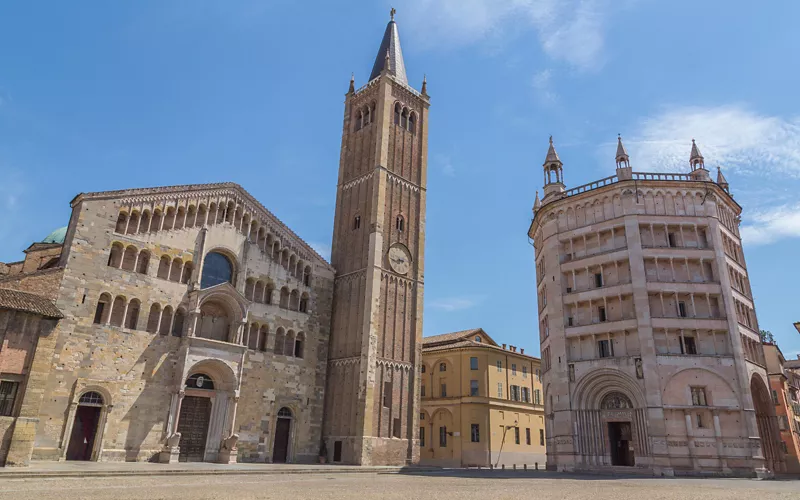
Go on walking towards Piazza Duomo, you will find the statue of Giuseppe Verdi, sitting on a bench in Piazzale San Francesco, opposite the so-called church.
The original of Hercules and Antaeus, sculpted in the late 1800s by the Flemish Van der Struck, is located in the courtyard of Palazzo Cusani, which also houses the Casa della Musica.
Even the operas by Verdi were represented in granite and bronze, in front of the Palazzo della Pilottain the nearby Piazzale della Pacewhere the statue The Partisan, dating from 1956.
Push on to the Oltretorrente district
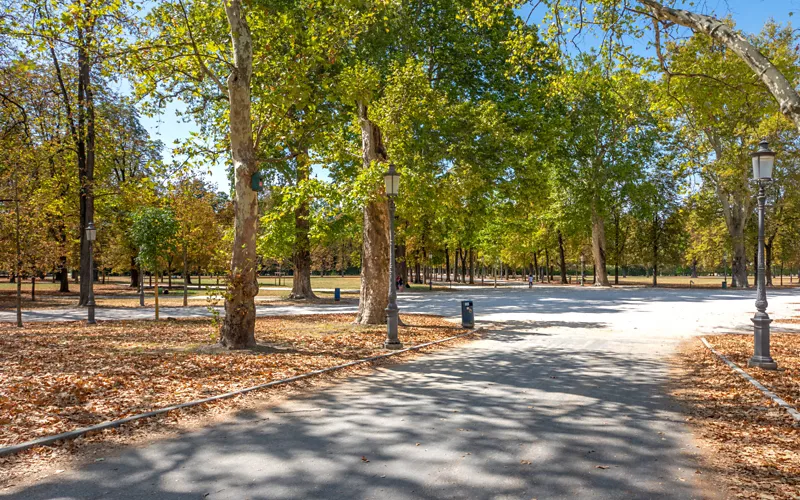
The stories of Ariadne and the Silenus Group, sculpted in the mid-1700s by French artist Jean-Baptiste Boudard, are told in the monumental Ducal Park in theOltretorrente district.
As you leave the 'Garden', you will come across the statues of Filippo Corridoni, hero of the First World War, and of Father Lino, a beloved figure of the Parmesans.
The works of Ximenes: finishing with style
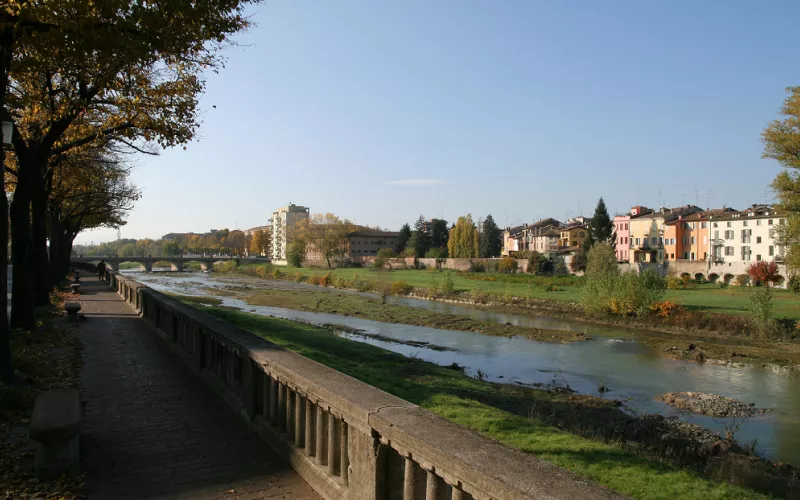
The sculptor Ettore Ximenes created the last two works of the tour: the statue of Victory and that of Bottego. To see and hear them, you must head for the railway station.
On the Lungoparma you will encounter the first of two sculptures, dedicated to the Italian victory in the Great War. In the station square, you can admire the Parmesan captain and explorer, to whom the Natural History Museum is also dedicated.
A journey through time that combines humanism and technology, who will accompany you on your visit to the city of Parma, providing unexpected insights in a truly new and fair way.

